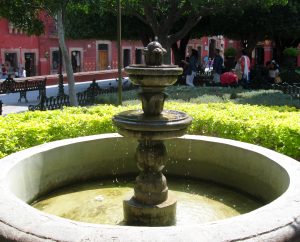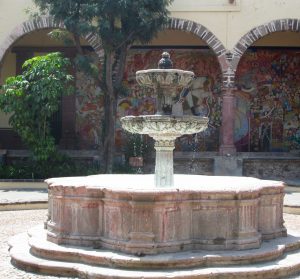If my name were Kardashian, I’d be sure to have a g’zillion followers because, it seems, just the name alone draws people like bears to beehives.
Maybe, too, if my name were Kardashian, I could even write about seemingly off-putting topics, such as rethinking attitudes toward aging, and people would pay attention.
For example, if my name were Kardashian I could perhaps write about a brilliant article by Adam Gopnik I just read in the New Yorker, “Can We Live Longer But Stay Younger?” and millions of my fans would tune in, thinking it might give the location of the fountain of youth.
Well, I’m definitely NOT a Kardashian (I shamelessly used that name as a hook to draw you in). But I am going to report on some of Gopnik’s article anyway, in the hope that all of my hundreds of WOW readers will read the whole thing. You can find it at:
https://www.newyorker.com/magazine/2019/05/…/can-we-live-longer-but-stay-younger
Here’s what jumped out at me from Gopnik’s long New Yorker piece:
“Every eight seconds, a baby boomer turns seventy-three,” said Joseph Coughlin, the founder and director of the AgeLab at the Massachusetts Institute of Technology in Cambridge, Massachusetts, who was one of Gopnik’s many interviewees.
This AgeLab, Gopnik writes, “exists to encourage and incubate new technologies and products and services for an ever-larger market of aging people.”
Coughlin to me was a most interesting character, and I drank his words: “Over the past century,” he says, “we’ve created the greatest gift in the history of humanity—thirty extra years of life—and we don’t know what to do with it! Now that we’re living longer, how do we plan for what we’re going to do?”
As Gopnik follows Coughlin from room to room in the AgeLab, he carefully follows his narrative:
“Here’s a useful model for you,” Coughlin says. “From zero to twenty-one is about eight thousand days. From twenty-one to midlife crisis is eight thousand days. From mid-forties to sixty-five—eight thousand days. Nowadays, if you make it to sixty-five you have a fifty-per-cent chance you’ll make it to eighty-five. Another eight thousand days! That’s no longer a trip to Disney and wait for the grandchildren to visit and die of the virus you get on a cruise. We’re talking about rethinking, redefining one-third of adult life!
“The greatest achievement in the history of humankind—and all we can say is that it’s going to make Medicare go broke? Why don’t we take that one-third and create new stories, new rituals, new mythologies for people as they age?”
Yes, yes! I wanted to rush up to this Joseph Coughlin at M.I.T. and give him a bear hug. But Gopnik quickly tempered my elation:
“The work of the AgeLab is shaped by a paradox,” Gopnik writes. “Having been established to engineer and promote new products and services specially designed for the expanding market of the aged, the AgeLab swiftly discovered that engineering and promoting new products and services specially designed for the expanding market of the aged is a good way of going out of business. Old people will not buy anything that reminds them that they are old. They are a market that cannot be marketed to.”
In fact, Gopnik says, the AgeLab has discovered the age-old truth that identity matters to us more than utility.
Coughlin is impatient with scientific speculations about extending life. “We’ve already extended life!” he practically shouts. “What we need is not to put off death a little longer but to write a new narrative of aging as it could be.”
Yes, a new narrative of aging. But who will write it? And who will read – and heed – it? The Kardashians’ many millions of followers when they grow old, I wonder? I rather doubt it. But I hope I’m wrong.
~ ~ ~
San Miguel de Allende, like most proud Mexican cities, is filled with glorious old fountains – none of which, though, are fountains of youth. Here are just a few I saw on my walk today:





